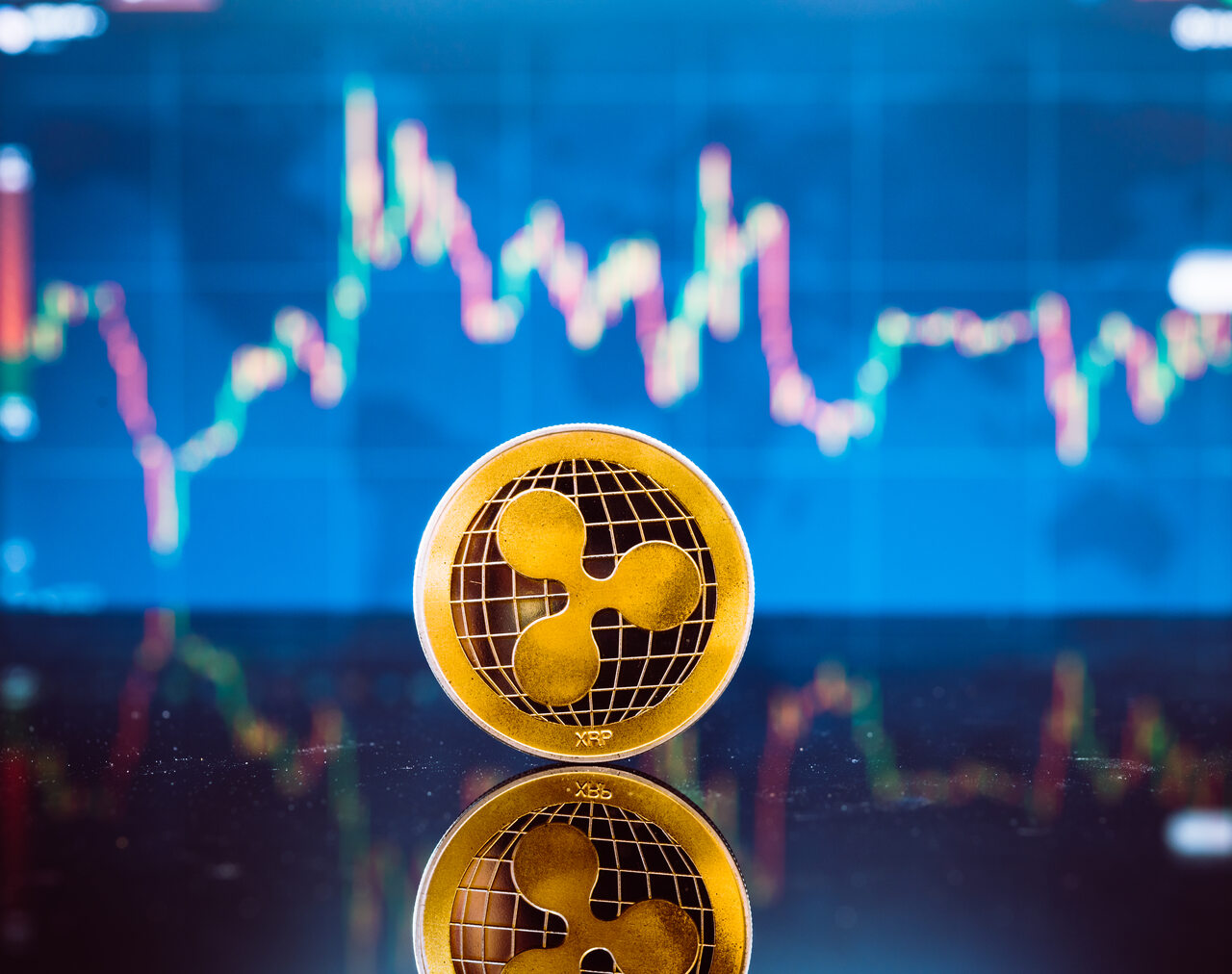USD/INR trades in the red ahead of Federal Reserve Chairman Powell’s testimony.

- The Indian rupee recovered its recent losses due to USD weakness.
- RBI’s Das said the Indian economy is likely to grow close to 8.0 per cent in FY24, exceeding expectations of 7.6 per cent.
- Investors will be focused on the weekly number of new U.S. jobless claims and Federal Reserve Chairman Powell’s second testimony on Thursday.
The Indian Rupee (INR) rose on Thursday amid a decline in the US Dollar Index (DXY). Economists expect USD/INR to trade in a narrow range over the next few months and rise slightly within a year as the Reserve Bank of India (RBI) continues to intervene in the currency market.
RBI Governor Shaktikanta Das on Wednesday said the Indian economy is poised to grow more than the central government’s second advance estimate of 7.6 per cent growth in the current financial year (FY24) and may be closer to 8.0 per cent. India’s robust domestic growth and stable external macros have supported the strength of the INR. Nonetheless, rising U.S. Treasury yields and a rebound in oil prices could push the U.S. dollar (USD) higher and limit the pair’s downside.
Going forward, US weekly new jobless claims and trade balance are scheduled to be released on Thursday along with Chairman Powell’s second testimony and the Fed’s Mester speech. On Friday, attention will shift to the highly anticipated US non-farm payrolls, which are expected to add 200K jobs in February, up from 353K in January.
Daily Digest Market Movers: Indian rupee remains sensitive to rising bond yields and rising oil prices.
- The government raised the growth forecast for fiscal 2024 from 7.3% to 7.6%.
- India’s GDP grew 8.4% in the last three months of 2023, the highest growth rate in 18 months, driven by robust manufacturing and construction activity.
- US ADP private sector employment increased 140K in February from 111K in January, below market expectations of 150K.
- JOLTS job openings in January fell to 8.863M compared to 9.026M under consensus of 8.900M.
- Federal Reserve Chairman Jerome Powell said Wednesday that a rate cut was likely at some point in 2024, but he was not yet ready to say when.
- Chairman Powell noted that the central bank does not believe it is appropriate to cut interest rates until it is confident that inflation will continue to move toward 2%.
Most recent article: Sensex hits record high amid cautious markets.
Technical Analysis: Indian rupee remains in the long-term band of 82.65-83.15.
The Indian rupee trades strongly on this day. USD/INR has been trading within a downtrend channel for several months, starting around 82.65-83.15 on December 8, 2023.
The bearish outlook remains unchanged as USD/INR remains below the 100-day exponential moving average (EMA) on the daily chart. It is worth noting that the 14-day Relative Strength Index (RSI) is supporting sellers for the time being as it is below the 50.0 midline.
If the pair breaks below a key support level near the lower limit of the downtrend channel at 82.65, USD/INR could face enough bearish pressure to test the decline near the August 23 low at 82.45 and finally the June 1 low at 82.25. . .
A bullish break above the confluence of the 100-day EMA and the psychological circular reading of 83.00 could take the bulls to the upper boundary of the downtrend channel at 83.15. Additional upside filters to watch are the January 2nd high of 83.35, on the way to 84.00.
US dollar price today
The table below shows the percentage change of the United States Dollar (USD) against major currencies listed today. The US dollar was the weakest against the Japanese yen.
| USD | EUR | GBP | cad | AUD | yen | new zealand dollar | Swiss Franc | |
| USD | -0.04% | -0.02% | -0.03% | -0.27% | -0.62% | -0.30% | -0.12% | |
| EUR | 0.03% | 0.01% | 0.00% | -0.24% | -0.59% | -0.28% | -0.08% | |
| GBP | 0.02% | -0.01% | -0.01% | -0.25% | -0.61% | -0.28% | -0.09% | |
| cad | 0.03% | 0.00% | 0.00% | -0.25% | -0.60% | -0.30% | -0.09% | |
| AUD | 0.26% | 0.23% | 0.24% | 0.23% | -0.35% | -0.05% | 0.16% | |
| yen | 0.62% | 0.58% | 0.59% | 0.57% | 0.35% | 0.31% | 0.50% | |
| new zealand dollar | 0.29% | 0.27% | 0.28% | 0.27% | 0.04% | -0.31% | 0.19% | |
| Swiss Franc | 0.10% | 0.07% | 0.08% | 0.08% | -0.15% | -0.51% | -0.19% |
Heatmap shows the percentage change between major currencies. The base currency is selected from the left column and the quote currency is selected from the top row. For example, if you select Euro in the left column and move along the horizontal line to Japanese Yen, the percentage change displayed in the box represents EUR (base)/JPY (quote).
Indian Rupee FAQs
The Indian Rupee (INR) is one of the currencies most sensitive to external factors. The price of crude oil (the country is highly dependent on imported oil), the value of the US dollar (most transactions are in USD) and the level of foreign investment all have an impact. The Reserve Bank of India’s (RBI) direct intervention in the foreign exchange market to keep the exchange rate stable and the interest rate levels set by the RBI are also major factors affecting the rupee.
The Reserve Bank of India (RBI) actively intervenes in the foreign exchange market to maintain stable exchange rates and facilitate transactions. The RBI is also trying to maintain the inflation rate at its target of 4% by adjusting interest rates. Higher interest rates generally strengthen the rupee. This is due to the role of the ‘carry trade’, in which investors earn profits by borrowing money in countries with low interest rates and leaving the money in countries with relatively high interest rates.
Macroeconomic factors that affect the value of the rupee include inflation, interest rates, economic growth (GDP), trade balance, and foreign investment inflows. Higher growth rates can lead to increased foreign investment, which can increase the demand for rupee. As the negative trade balance decreases, the rupee will eventually strengthen. Higher interest rates, especially real interest rates (interest rates excluding inflation), are also positive for the rupee. The risk environment will also benefit the rupee by increasing foreign direct and indirect investment (FDI and FII) inflows.
High inflation, especially if it is relatively high in India compared to other countries, is generally negative for the currency as it reflects devaluation due to oversupply. Inflation also increases the cost of exports, forcing more rupees to be sold to purchase foreign imports, which has a negative impact on the rupee. At the same time, higher inflation usually leads to interest rate hikes by the Reserve Bank of India (RBI), which could be positive for the rupee due to increased demand from international investors. Lower inflation has the opposite effect.
Source: https://www.fxstreet.com/news/usd-inr-recovers-its-recent-losses-eyes-on-fed-chair-powells-testimony-202403070248



